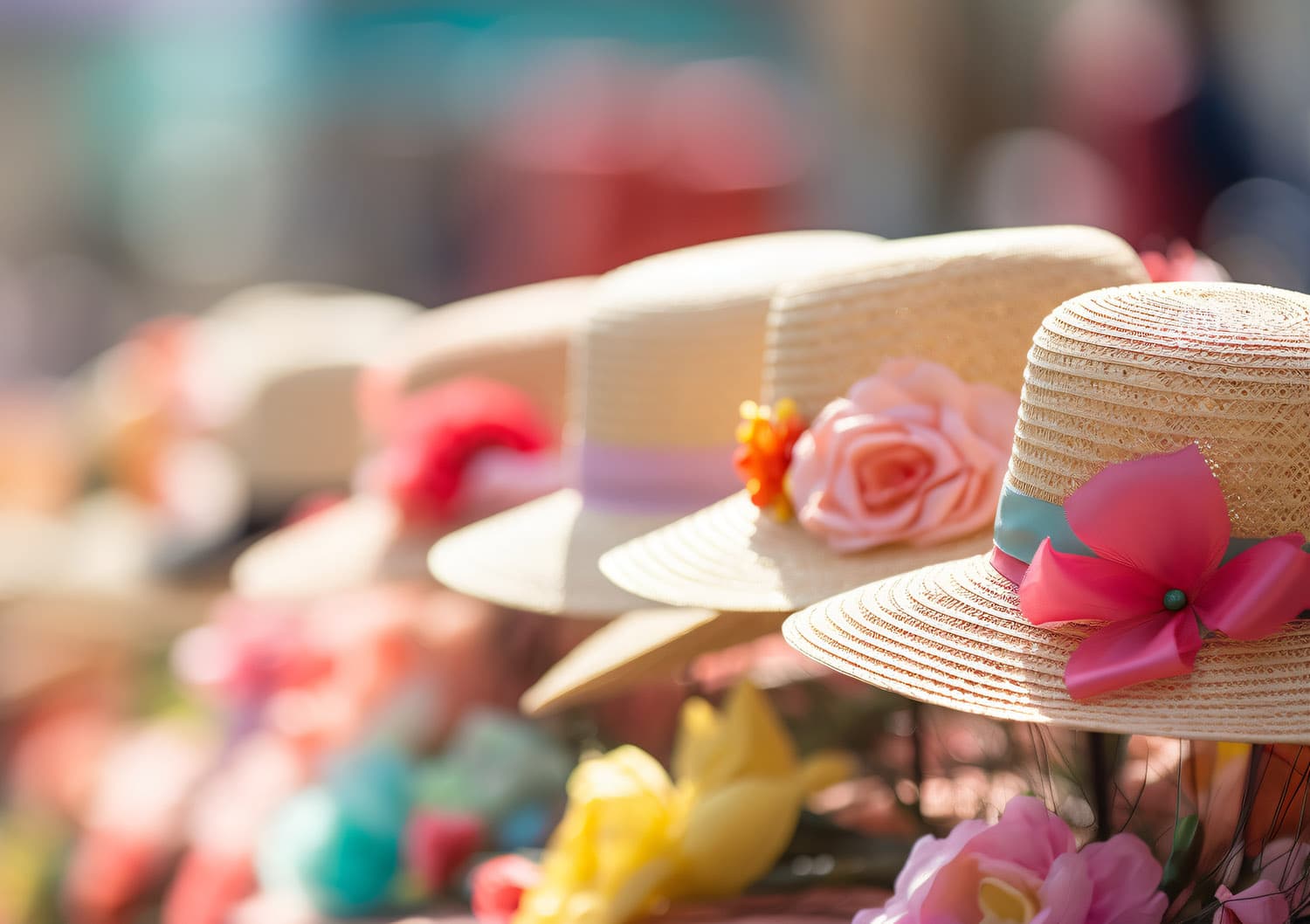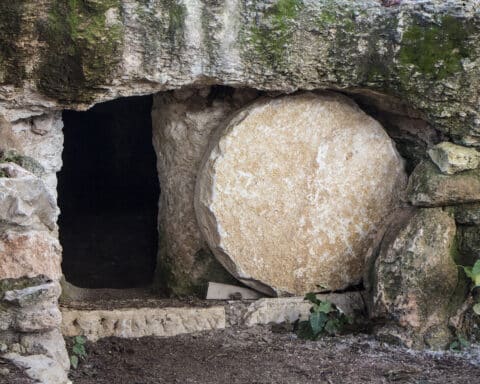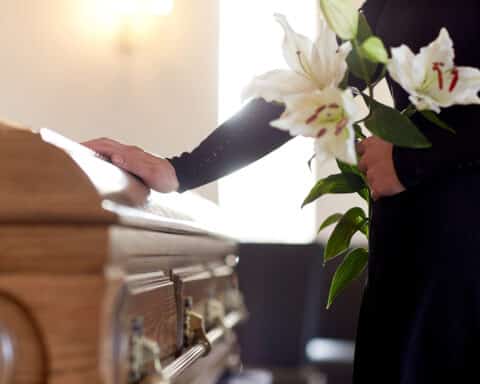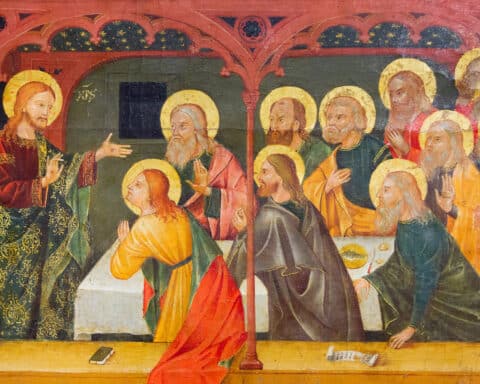Not that long ago, Easter, not Christmas, was the busiest time for businesses selling apparel. Everybody had to have brand new clothes — the brighter and more colorful the better — to wear on Easter.
In many cities, people strutted down the main streets in Easter parades proudly bedecked in their new clothes.
Although rarely understood, the new Easter clothes made a statement, and it had nothing to do with style.
New clothes publicly stated that, in celebrating Easter after faithfully observing Lent, the wearer really and truly was a new person. The forty days of Lent had served their purpose because the person used them to think about the Lord, about being close to the Lord and about bringing the Lord into every aspect and every moment of his or her life.
Time passed. New clothes at Easter faded away as a custom. Even so, the Easter season is still a good time for believers to ask themselves these questions:
Am I a new person because of my experience of Lent? On Easter Sunday, did I commemorate the resurrection of Jesus as if it were a religious Fourth of July, or, in addition to recalling the Lord’s victory over death, was it a personal event for me?
Has the knowledge of the Lord affected my life? Did my baptism, whenever it occurred, set me on a path for life that I am convinced is the only path for me?
The witness of the earliest Christians
Beginning with Easter, the Church’s liturgies for weeks almost invariably include readings from the Acts of the Apostles.
Acts continues the story of salvation after the last passages of the Gospels. It is worth reading privately at any time, not only after Easter.
It describes the lives of the earliest Christians. Some of them personally knew Jesus. Others, like ourselves, did not. They became Christians after somehow hearing about the Lord.
This acceptance of Jesus, for each of the first Christians mentioned in Acts, was decisive, climactic, totally transforming. Each became a new person, convinced that following Jesus was the only path for them and for the world. As events unfolded, some of them, probably many, died rather than abandon their absolute dedication to Christ.
St. Paul, Christianity’s great teacher, so captivated by Christ, was among them.
Since their awareness of Christ and their unshaken, unshakable commitment to Christ made of them new persons, nothing was ever the same for them after they accepted Christ in their hearts (not just by their words) as their own personal Lord and Savior.
The only way to peace and joy
Maybe it is too bad that the very old tradition of wearing new clothes at Easter has passed. Such is the way with all customs and traditions. But wearing new clothes on the feast of the Lord’s Resurrection, if understood, reminded Christians that because of their love for and faith in Jesus they indeed were new persons.
Wearing new clothes at Easter, however, is not necessary for disciples of Christ today — the baptized, the Christians, the Catholics — to question themselves and to teach themselves.
Christianity is serious business. If genuine, it restores a person and it heals a person. It empowers a person and it emboldens a person to represent Christ in the world, to make the Lord live again, to make divine mercy live again.
In a way, modern followers of Christ are fortunate. The passage of the centuries has proven beyond doubt that the way of life taught by Jesus, so embraced by the first Christians, is the only way to find peace and joy in human life, whether it be the life of an individual person, of a human society or of humanity taken altogether.
During this Easter season, ask these questions: Am I a new person, because of my faith? Have I rid myself of behavior and ways of thinking clearly absent of the Lord? What is my philosophy for life?





